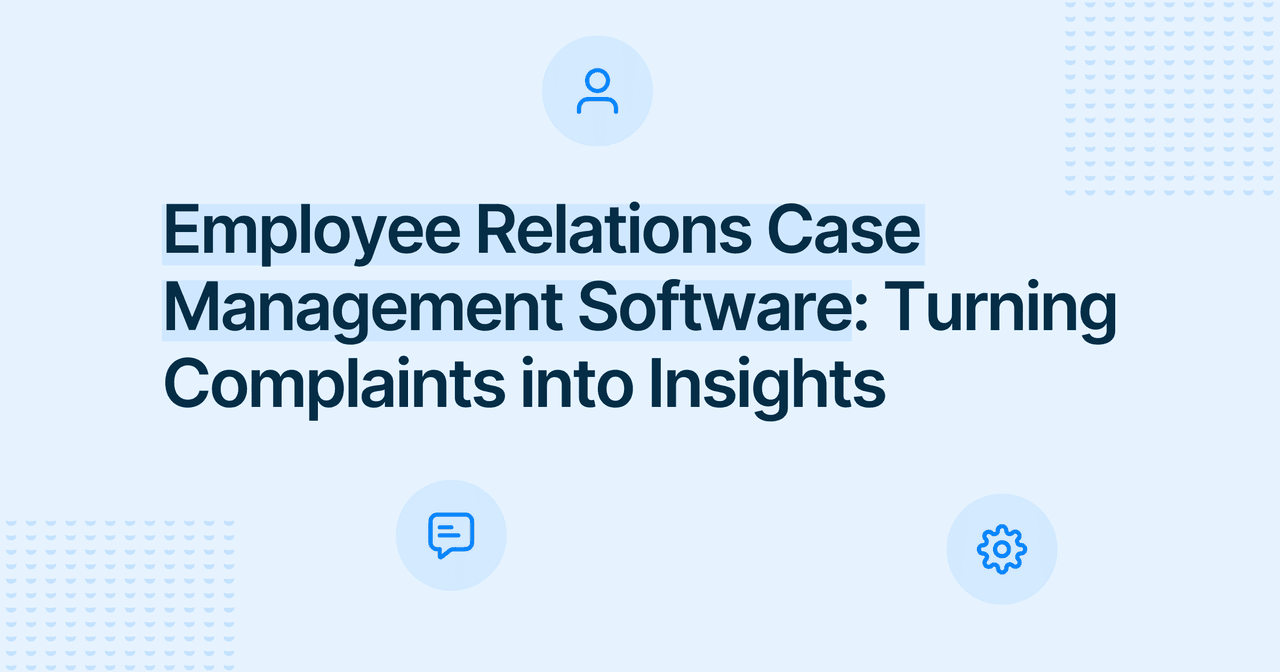Understanding the Differences: Anonymous Reporting Versus Whistleblowing
Whistleblowing

Ry Hallada
Content Manager
Published
2024-08-08
Reading time
3 min
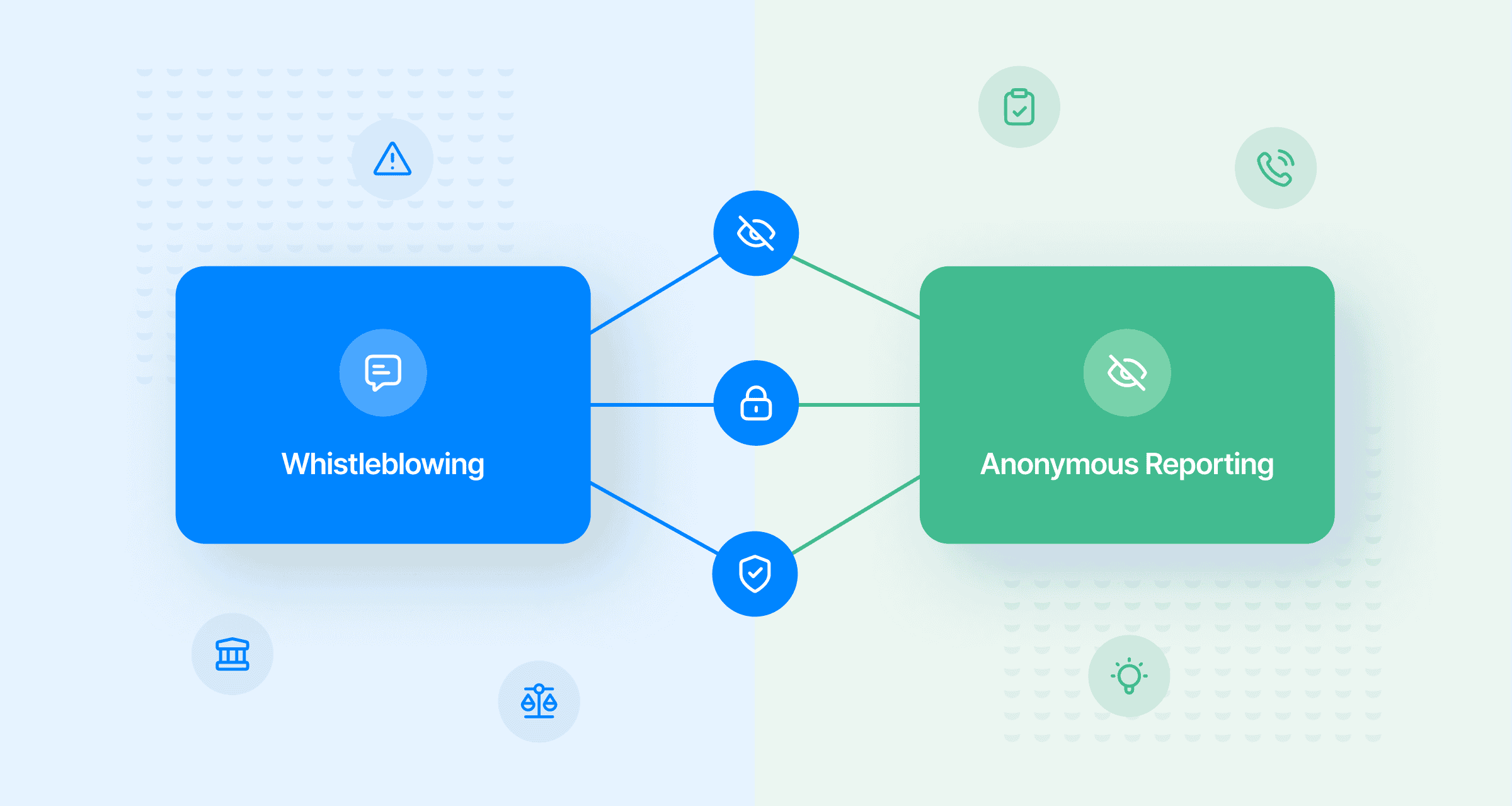

Table of contents
Subscribe to our newsletter
Can you guess the percentage of employees who are more likely to report misconduct if they can do so anonymously? If you guessed over 70%, you’re right! However, you don’t have to be a trivia master to understand the nuances between anonymous reporting and whistleblowing.
Providing solutions for either of these methods can empower your organization to foster a safer and more transparent workplace. Additionally, whistleblower tips account for 43% of all fraud, highlighting the critical role both methods play in maintaining ethical standards.
What’s the Difference Between Anonymous Reporting and Whistleblowing?
Anonymous reporting and whistleblowing both allow employees and stakeholders to report unethical or illegal conduct, but there are key differences:
Anonymous Reporting
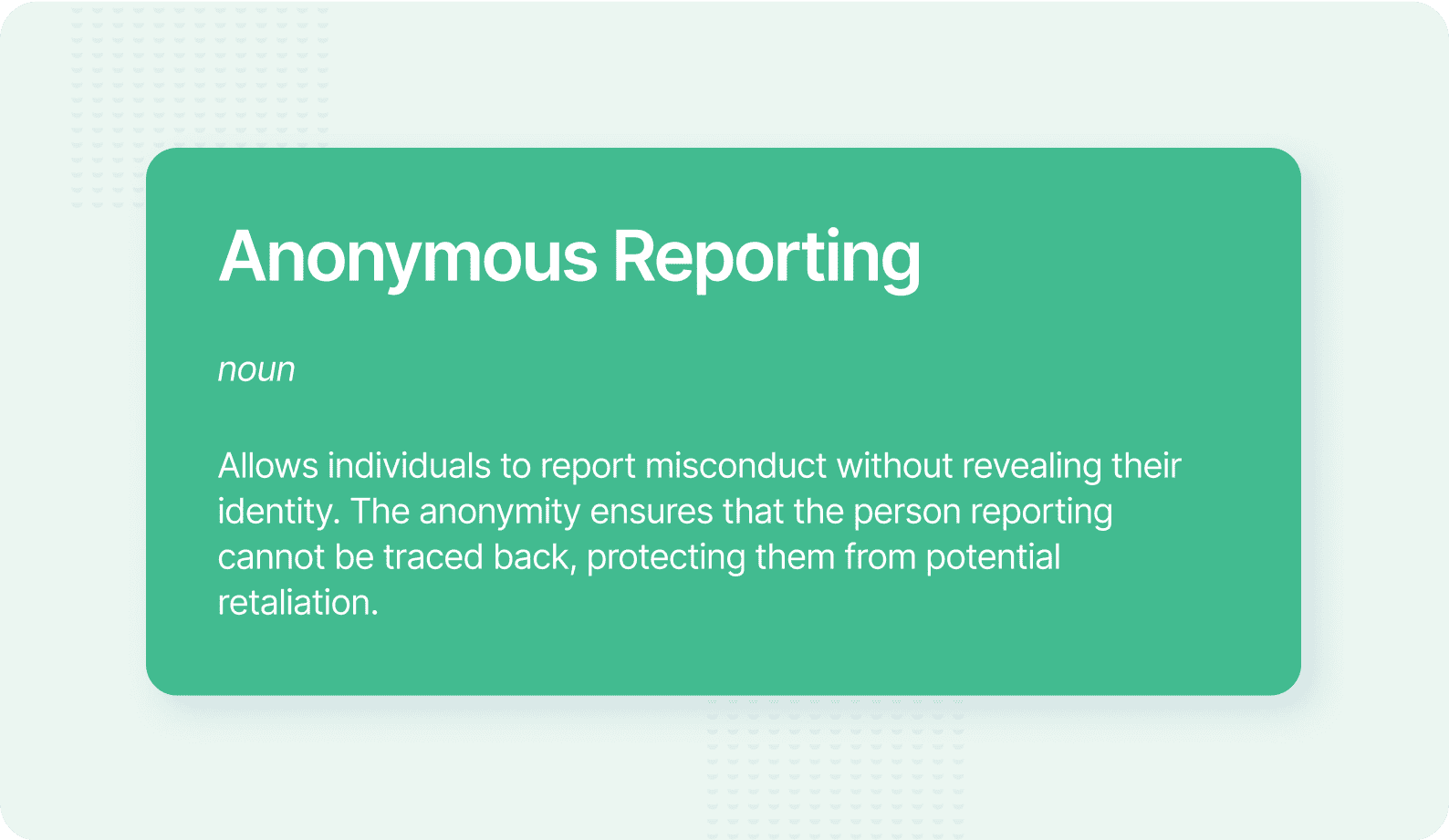
Anonymous reporting is often used for internal reporting of issues such as workplace harassment, bullying, or inefficiencies. It can be facilitated through various channels such as online forms, hotlines, or suggestion boxes. There are anonymous reporting platforms like FaceUp and other tools for anonymous reporting in the workplace.
Benefits:
- Creates a culture of transparency and open communication
- Protects individuals from recrimination and ostracization
- Encourages more individuals to come forward with issues or suggestions
- Builds trust within the workplace
Whistleblowing
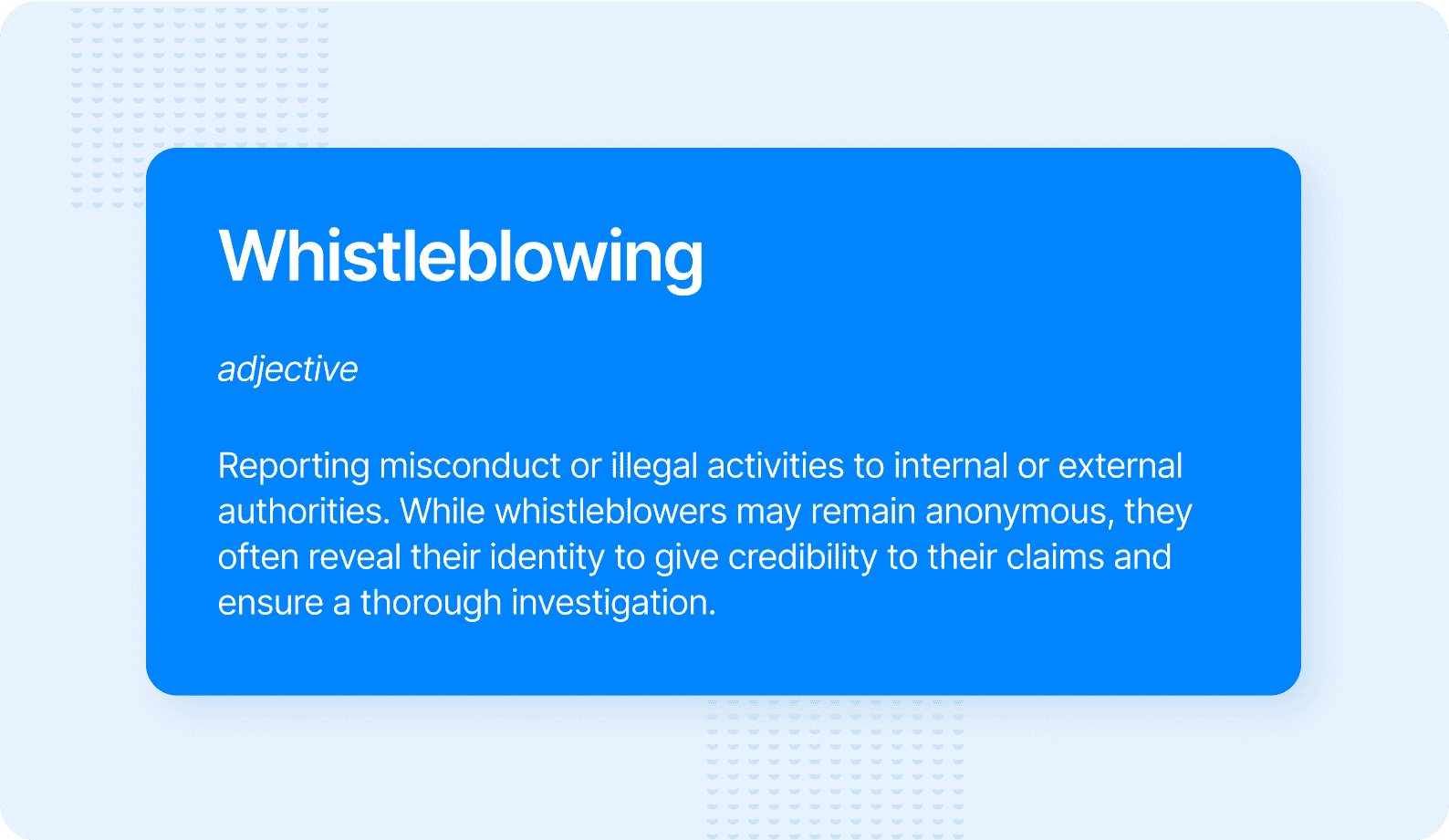
Whistleblowing is used for serious issues that may involve legal implications, such as fraud, corruption, or safety violations. Whistleblowers might report to government agencies, legal authorities, or external watchdog organizations.
Benefits:
- Can prevent liability and compliance lawsuits
- Helps uncover significant illegal activities that may not be addressed internally
- Provides a formal and often legal route for reporting serious misconduct
How do Anonymous Reporting and Whistleblowing Help with Privacy and Anonymity?
Both anonymous reporting and whistleblowing are powerful tools for uncovering wrongdoing, but what keeps people safe when they speak up? That's where privacy and anonymity come into play.
These two elements are key to protecting anyone who reports an issue, ensuring they feel secure and supported. Let's take a quick look at what privacy and anonymity mean in this context and how they make a difference.
Privacy
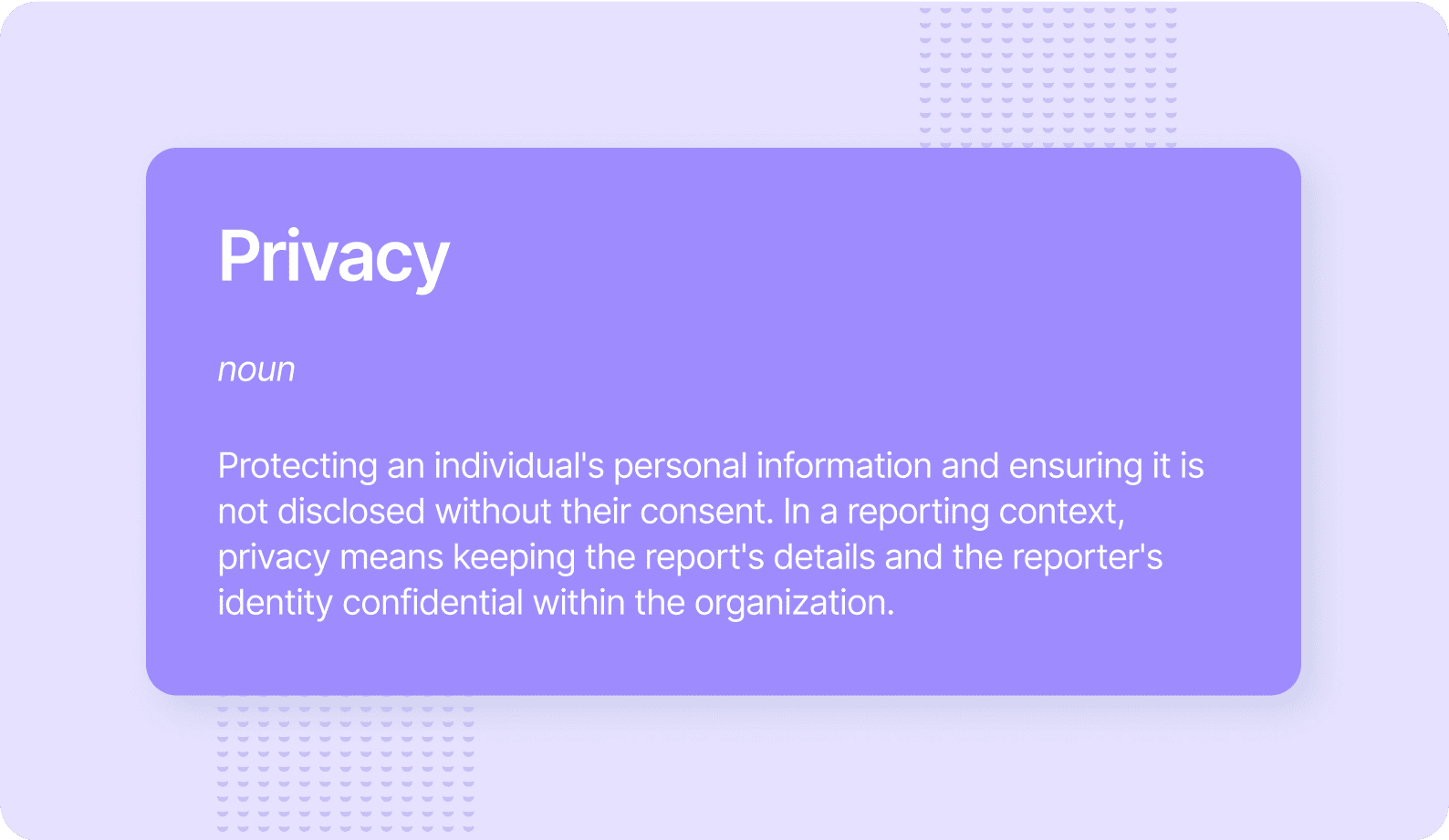
Example: An employee submits a report about workplace harassment, and their identity is known to the HR department but is kept confidential and not disclosed to the accused or other employees.
Anonymity
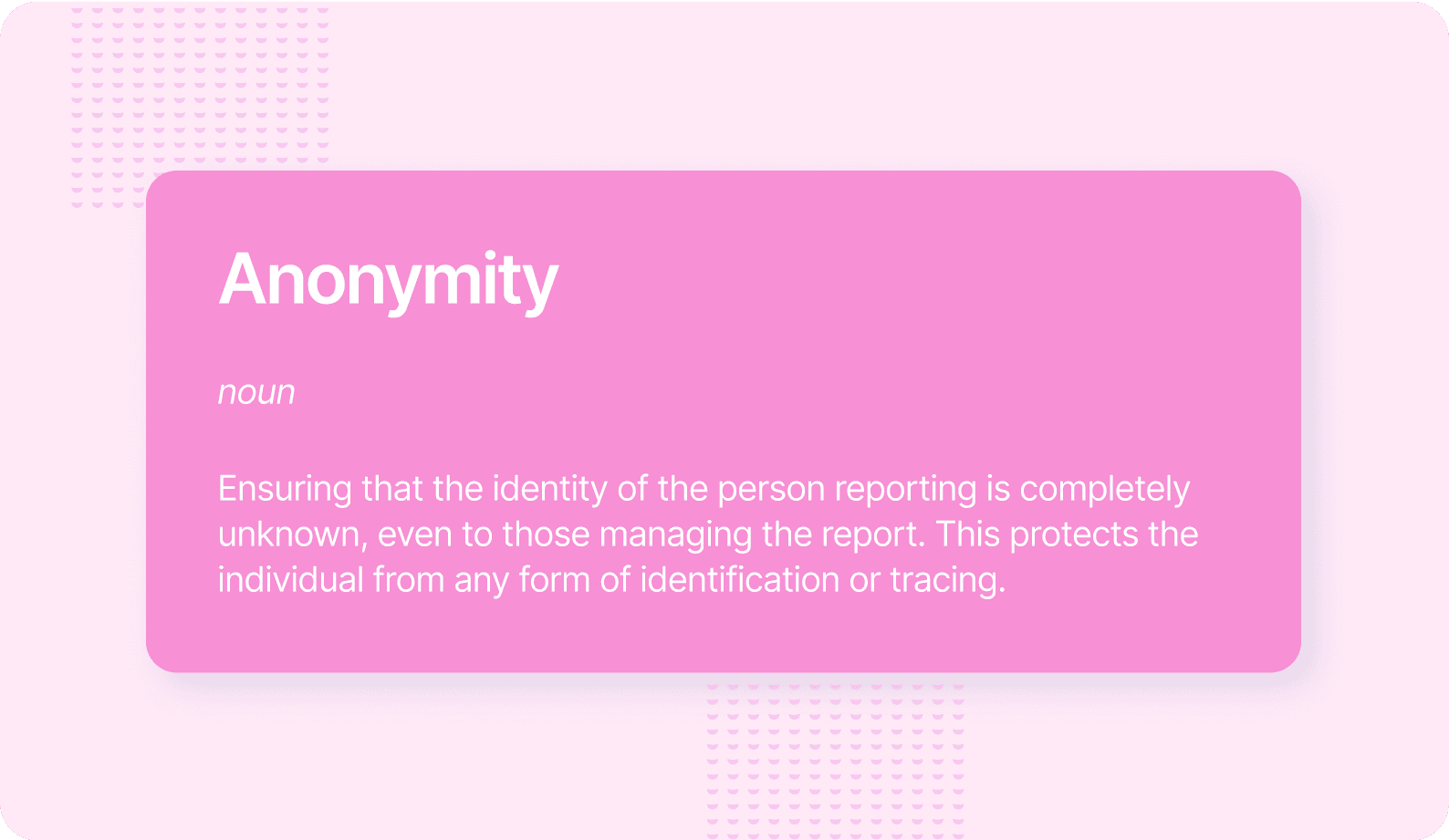
Example: An employee uses an anonymous hotline to report a safety violation, and no personal information is collected, ensuring their identity remains unknown to everyone.
How Can FaceUp Help Implement Effective Reporting Mechanisms?
The simple answer is that FaceUp provides a user-friendly, customizable, all-in-one solution that offers a wide range of reporting and employee engagement tools. The best part is that you don’t have to choose between anonymous reporting or whistleblowing. Our platform has both and more right at your fingertips from the moment you get FaceUp.
To implement anonymous reporting and whistleblowing mechanisms effectively, consider the following steps:
Choose Appropriate Reporting Channels
- Utilize FaceUp's versatile range of reporting options, including anonymous surveys, hotlines, and digital suggestion boxes.
- These tools cater to different preferences and situations, ensuring everyone has a comfortable way to report issues.
Ensure Proper Communication Channels Are Always Open
- FaceUp helps organizations establish clear, customizable procedures for anonymous reporting and whistleblowing.
- This includes outlining specific reporting steps and educating employees on the differences between these mechanisms.
Foster a Trusting Workplace Environment
- With FaceUp, you can provide a secure and confidential environment to build a culture that values transparency and encourages reporting.
- The platform ensures that all reports are logged and trackable, reassuring employees that their concerns will be taken seriously and addressed promptly.
Provide Employee Training on How to Use Reporting Tools
- FaceUp offers personalized onboarding and support materials, making it easy for employees to familiarize themselves with the platform's reporting tools.
FaceUp Provides and All-in-One Anonymous Reporting Platform and Whistleblowing Solution
Both anonymous reporting and whistleblowing are critical in maintaining ethical standards and transparency within organizations. While they serve similar purposes, their applications and implications differ significantly.
Understanding these differences and the distinctions between privacy and anonymity can help organizations implement more effective reporting mechanisms and foster a safer, more transparent workplace.

Are you looking to enhance your organization's transparency and ethical standards? Book a consultation with our whistleblower specialist today.
We look forward to helping you implement effective anonymous reporting and whistleblowing mechanisms tailored to your company's needs!
Keep Reading

Alaa El-Shaarawi2025-12-087 min
What Is an Ethical Code of Conduct? The System Behind Ethical Behavior in Business & Healthcare
Workplace Environment

Alaa El-Shaarawi2025-12-058 min
Non-Compliance in the Workplace: Spot, Report, and Prevent Risks Before They Escalate
Legal & Compliance

Alaa El-Shaarawi2025-12-048 min
The Best Workplace Compliance Solutions for Safety, Reporting, and Legal Peace of Mind
Legal & Compliance
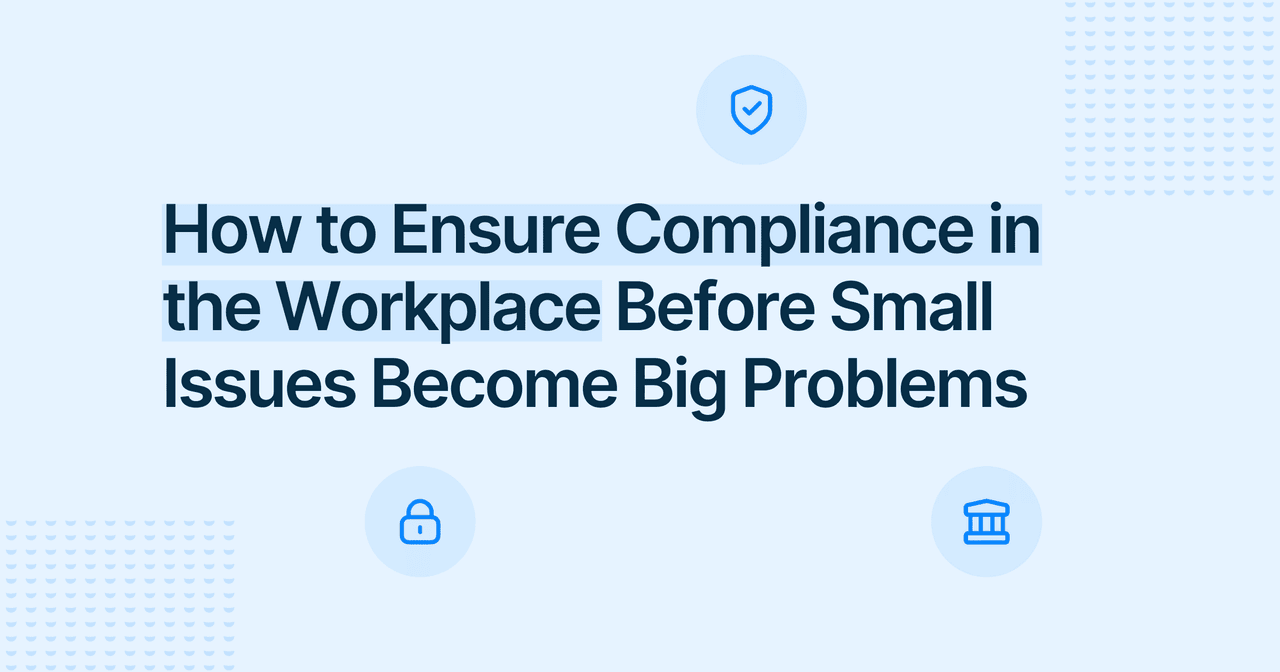
Alaa El-Shaarawi2025-12-037 min
How to Ensure Compliance in the Workplace Before Small Issues Become Big Problems
Legal & Compliance

